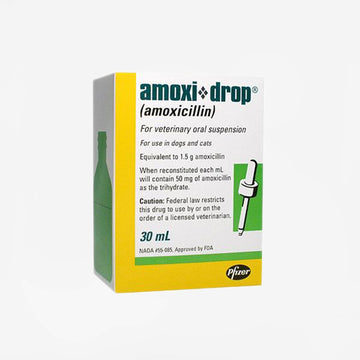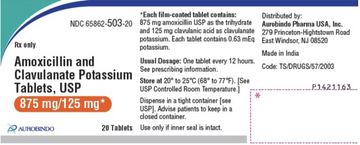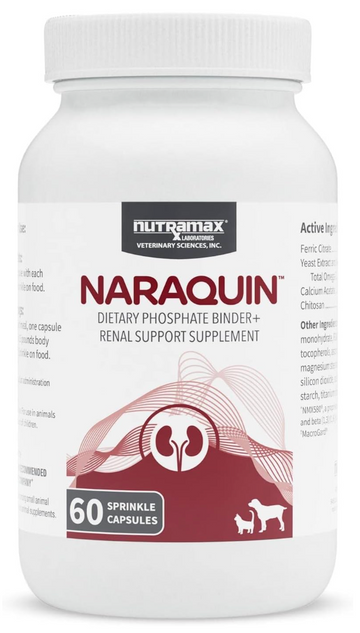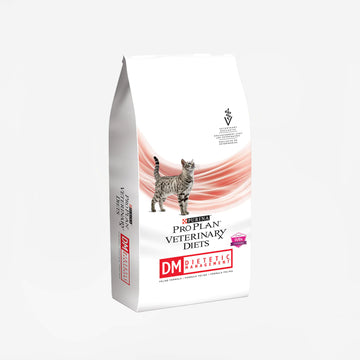Get cat UTI treatment and medication online
Don't waste time or money waiting to see a vet. Get your cat's medication with a 10-minute video call.
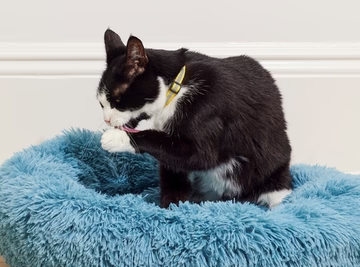
- Same-day appointments available
- Our vets can prescribe antibiotics
- Unlimited video calls & messaging
- Our vets can treat 92% of urinary issues
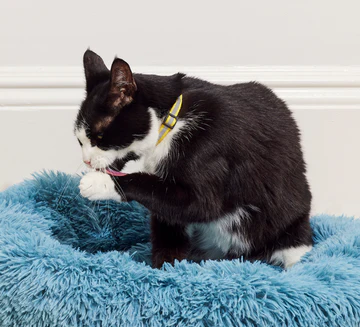
Our top vet-recommended products
UTI treatments & test kits
Why Dutch

Always there for you
Get care and peace of mind quickly anytime — even nights and weekends.

Easier on you & your pet
Talk to a vet from home. No stress, hassle, or long wait.

High-quality care, low price
Save over $650 a year on vet care and prescriptions vs. typical vets.
Benefits that save you time, money & stress
Unlimited care for
one low cost
Lower your vet care costs with unlimited vet calls for less than the cost of one vet trip.
Easier on you &
your pet
Get care with a 10-minute call from the comfort of home. No stress, wasted time, or hassle.
24/7
peace of mind
Skip unnecessary ER trips with same-day care whenever and wherever you need it.
Covers the whole fur family
Annual plans include up to 5 pets — saving you even more time and money.
Benefits that save you time, money & stress

What to know about cat urinary health
Learn how to spot, prevent, and treat urinary issues in your cat.

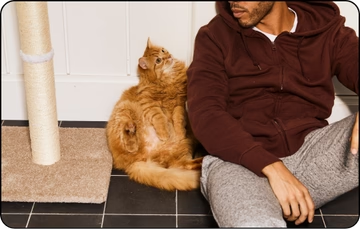
What are the symptoms of urinary problems in cats?
What are the symptoms of urinary problems in cats?
Common symptoms of urinary problems in cats include crying while urinating, frequent urination, blood in the urine, peeing outside the litter box, and small amounts of urine. If you notice any of these issues, you should talk to a vet as soon as possible. Some urinary issues, like urethral obstructions, can be life-threatening conditions.
What can cause urinary issues in cats?
What can cause urinary issues in cats?
Cat urinary problems can be caused by a number of things, including diet, injuries, birth defects, and bacterial infections (aka urinary tract infections or UTIs). Medical conditions, such as hyperthyroidism or diabetes, are other possible causes of urinary issues. If your cat is stressed or anxious, they may pee outside the litter box. Stress and anxiety can also lead to Feline Lower Urinary Tract Disease (FLUTD) which causes them to strain to urinate and can be painful.
Can you prevent urinary problems in cats?
Can you prevent urinary problems in cats?
Yes, some urinary problems are preventable. Make sure your cat gets plenty of water — hydration is very important for urinary health. You can also talk to one of our licensed veterinarians online about dietary changes and ways to reduce your cat’s stress that can help prevent urinary issues.
How can I help my cat with urinary problems?
How can I help my cat with urinary problems?
If your cat is experiencing urinary problems, the best thing you can do is to have them evaluated by a vet. Cat urinary problems don’t typically resolve on their own and some can be fatal if left untreated. Any cat that isn’t producing much or any urine needs to be seen by an in-person veterinarian immediately. Your cat may need a prescription medication or surgery to get better.
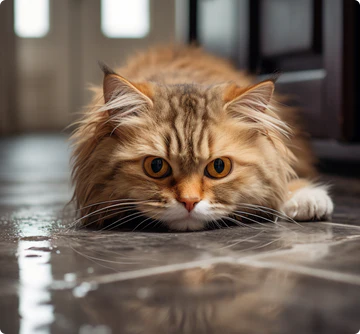
Customized care for your cat’s urinary health
Connect with a vet and get a treatment plan to help your cat feel better — quickly and affordably from home.

Luna’s UTI plan
-
Symptoms
Frequent urination, crying while using the litter box
-
Your Plan
Antibiotic, urinalysis test kit, anxiety medication, anti-inflammatory medication, urinary health cat food
How Dutch works
-
Pick a plan and become a member
-
Schedule a video call with a licensed vet
-
Order the prescriptions the vet recommends
Save time and money on vet care
No hidden fees, no surprise bills. Just one low cost for a year of vet care.
1 year
$11
/mo- Unlimited vet calls & follow-ups
- Custom Rx treatment plans
- Same-day access to licensed vets
- Covers up to 5 pets
- 20% off flea & tick medication
- $25 off your first product order
Frequently asked questions
What can I use Dutch for?
What can I use Dutch for?
With Dutch, you’re never alone when it comes to your pet’s health. Whether your pet needs care or you just have a question, our compassionate and knowledgeable vets are always happy to help.
Here are some ways you can use Dutch:
- Care & prescriptions for over 150 issues
- Behavioral health, nutrition, and exercise advice
- Puppy, kitten, and new pet parent advice
- Preventive care plans
- Night and weekend vet care
- Second opinions & follow-up care after in-person visits
- Advice on whether you need to go to the ER or urgent care
- Vet care when you’re traveling
- Easy prescription refills
- Longevity treatment plans
- Answers to non-urgent questions
What is a visit with Dutch like?
What is a visit with Dutch like?
When booking a video call with a vet, you'll be asked a few questions about your pet’s health issue. Depending on the issue, you may also be asked to fill out a longer questionnaire about their symptoms and share photographs of them so our veterinarians can better understand what’s going on. You’ll then pick an appointment time that works best for you.
During your video call, one of our licensed veterinarians will talk to you about the symptoms your pet is experiencing, ask you questions, review your pet’s medical history if you’ve provided it, and answer any questions you have. The vet will ask to see your pet and their environment. And they may ask you to perform some simple checks on them if needed.
After your video call, the vet will send you a message with a custom treatment plan to help your pet feel better, including a link to buy any recommended prescription or over-the-counter medications. Place your order and we’ll ship it free.
How do I know if you can treat my pet?
How do I know if you can treat my pet?
Our vets can provide care and prescriptions for more than 150 issues — and over 90% of cases can be treated virtually.
The vet can diagnose your pet based on your description of their symptoms, their medical history, seeing them during your video call, and, if needed, through uploaded photos and videos. They may ask you to do a few simple checks during the call. We also offer a number of at-home lab test kits for dogs and cats.
The health and safety of pets is our top priority. In the rare case that a vet determines a pet needs to go to a local clinic, they’ll provide a referral and offer advice on how to care for them until they can be seen.
Some things that require in-person care include emergencies, wounds that need stitches, and issues that require blood work, imaging (X-rays or ultrasounds), or surgery.
Our vets are always available for second opinions and follow-up care after in-person vet visits — so you don’t have to navigate health issues alone.
How much will it cost for Dutch to treat my pet?
How much will it cost for Dutch to treat my pet?
Our memberships are designed to make your pet’s care as easy and affordable as possible. Here’s how your costs will break down:
Membership: You can choose to pay the total price upfront or in 4 installments. All memberships include unlimited care for up to 5 pets at no extra cost.
Vet calls and messaging: No cost — video chat and message with vets as often as you need for free.
Medication: The price will vary depending on your pet’s needs. To keep your costs down, we offer a price-match guarantee, free standard shipping, $25 off your first product order, and 20% off your first flea & tick order.
